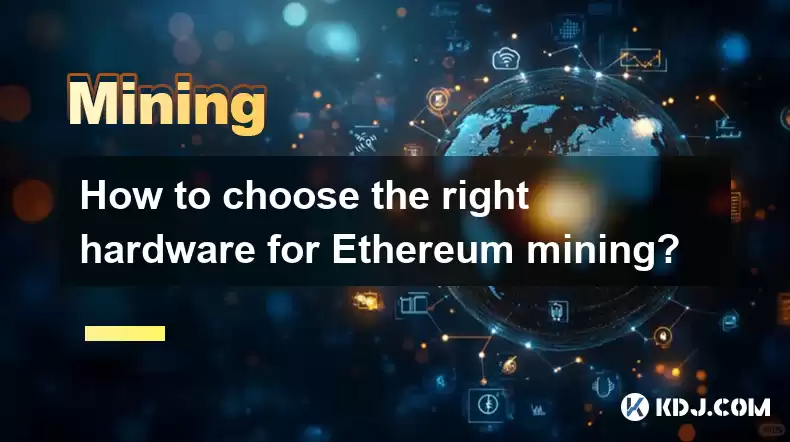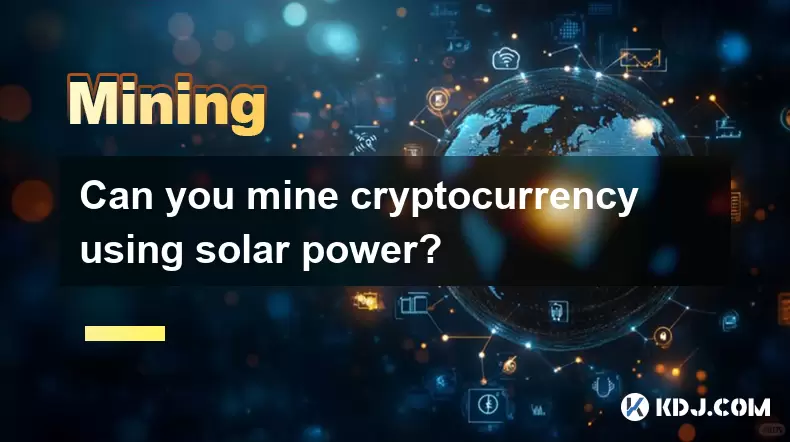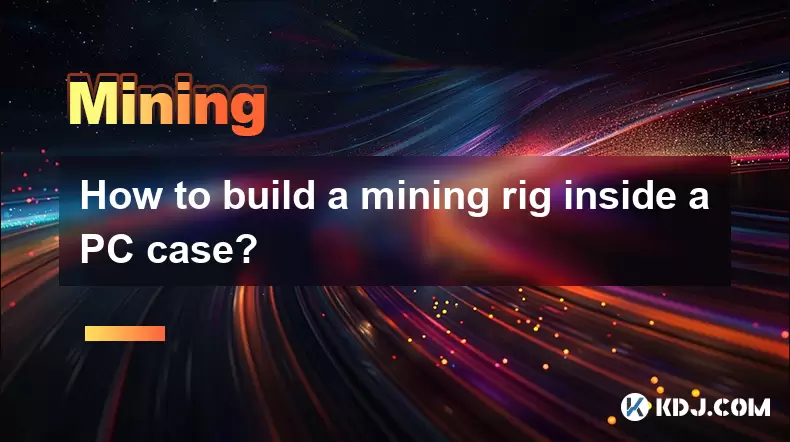-
 Bitcoin
Bitcoin $117500
2.15% -
 Ethereum
Ethereum $3911
6.19% -
 XRP
XRP $3.316
10.79% -
 Tether USDt
Tether USDt $1.000
0.01% -
 BNB
BNB $787.2
2.24% -
 Solana
Solana $175.2
4.15% -
 USDC
USDC $0.9999
0.00% -
 Dogecoin
Dogecoin $0.2225
8.40% -
 TRON
TRON $0.3383
0.28% -
 Cardano
Cardano $0.7868
6.02% -
 Stellar
Stellar $0.4382
9.34% -
 Hyperliquid
Hyperliquid $40.92
7.56% -
 Sui
Sui $3.764
7.63% -
 Chainlink
Chainlink $18.48
10.66% -
 Bitcoin Cash
Bitcoin Cash $582.1
1.88% -
 Hedera
Hedera $0.2601
6.30% -
 Avalanche
Avalanche $23.33
4.94% -
 Ethena USDe
Ethena USDe $1.001
0.02% -
 Litecoin
Litecoin $122.3
2.04% -
 UNUS SED LEO
UNUS SED LEO $8.969
-0.27% -
 Toncoin
Toncoin $3.339
0.86% -
 Shiba Inu
Shiba Inu $0.00001287
4.30% -
 Uniswap
Uniswap $10.43
7.38% -
 Polkadot
Polkadot $3.861
5.08% -
 Dai
Dai $1.000
0.02% -
 Bitget Token
Bitget Token $4.513
3.41% -
 Monero
Monero $267.7
-6.18% -
 Cronos
Cronos $0.1499
4.14% -
 Pepe
Pepe $0.00001110
5.15% -
 Aave
Aave $284.9
8.28%
How to choose the right hardware for Ethereum mining?
Efficient Ethereum mining demands a powerful GPU (6GB+ VRAM), a robust motherboard with ample PCIe slots, a capable CPU, a high-wattage power supply, effective cooling, and mining-optimized software.
Mar 11, 2025 at 06:46 am

Key Points:
- Understanding Ethereum Mining Requirements: Ethereum mining necessitates powerful GPUs with significant memory (VRAM) and processing power. CPU and motherboard specifications also play a crucial role in overall system efficiency.
- GPU Selection: The Core Component: Choosing the right GPU is paramount. Factors like VRAM capacity, hash rate, power consumption, and price-to-performance ratio must be carefully considered.
- Motherboard and CPU Considerations: A robust motherboard with ample PCIe slots and a powerful CPU capable of managing multiple GPUs are essential for efficient mining rigs.
- Power Supply and Cooling: A high-wattage, reliable power supply and effective cooling solutions (fans, potentially liquid cooling) are critical to prevent overheating and system failure.
- Other Hardware Considerations: Factors such as RAM, storage (SSD recommended), operating system, and mining software selection also impact the overall mining efficiency and stability.
How to Choose the Right Hardware for Ethereum Mining?
Ethereum mining, once a CPU-intensive process, now heavily relies on Graphics Processing Units (GPUs). Selecting the right hardware is crucial for maximizing profitability and minimizing operational issues. This involves careful consideration of several components.
1. Choosing the Right GPU: The GPU is the heart of any Ethereum mining rig. Look for cards with high VRAM (at least 6GB, ideally 8GB or more for future-proofing), a high hash rate (measured in MH/s or GH/s), and a reasonable power consumption. The price-to-performance ratio is a key factor; balancing hash rate against the cost of the card is essential. AMD and Nvidia both offer suitable GPUs, each with its own strengths and weaknesses. Research benchmarks and reviews before making a purchase.
2. Motherboard Selection: The Foundation of Your Rig: The motherboard acts as the central hub connecting all your components. For Ethereum mining, you'll need a motherboard with multiple PCIe slots (x16 preferred) to accommodate multiple GPUs. Ensure the motherboard is compatible with your chosen CPU and RAM, and that it has sufficient power delivery capacity to handle the power draw of your mining setup. Consider motherboards specifically designed for mining rigs.
3. CPU Considerations: The Supporting Role: While the GPU handles the bulk of the mining work, the CPU plays a vital supporting role. It manages the operating system, mining software, and overall system operations. A high-end CPU isn't strictly necessary for mining, but a reasonably powerful processor will ensure smoother operation and prevent bottlenecks. A balance between cost and performance is important here. Focus on multi-core processors for better performance.
4. Power Supply: Fueling the Machine: The power supply is crucial for stable operation. Calculate the total power draw of all your components (GPU, motherboard, CPU, fans, etc.) and select a power supply with a wattage significantly higher (at least 20% more) than the total calculated power draw. A high-quality, reliable power supply is essential to prevent power surges and system failures. Consider reputable brands with good efficiency ratings.
5. Cooling: Maintaining Optimal Temperatures: GPUs generate significant heat during mining. Effective cooling is crucial to prevent overheating, which can damage components and reduce performance. Invest in high-quality fans for your GPUs and case, and consider liquid cooling solutions for more demanding setups with multiple high-power GPUs. Proper airflow within the case is also paramount. Monitor temperatures regularly using monitoring software.
6. RAM and Storage: Essential Supporting Components: While not as critical as the GPU, sufficient RAM (8GB or more is recommended) ensures smooth operation of the mining software and operating system. For storage, a Solid State Drive (SSD) is recommended over a Hard Disk Drive (HDD) for faster boot times and improved overall system responsiveness. An SSD will help reduce latency in your mining operation.
7. Operating System and Mining Software: Choose a lightweight operating system like Linux (various distributions optimized for mining exist) to minimize resource usage. Select a reputable mining software (e.g., TeamRedMiner, PhoenixMiner) that is compatible with your GPUs and offers good performance and stability. Proper configuration of the mining software is crucial for optimizing your hash rate and profitability.
8. Choosing the Right Mining Pool: Joining a mining pool significantly increases your chances of successfully mining Ethereum blocks. A pool combines the hashing power of many miners, making it more likely to find a block and receive a reward. Research different mining pools to find one that offers competitive fees and a reliable payout system.
Frequently Asked Questions:
Q: What is the minimum VRAM required for Ethereum mining?
A: While technically possible with less, 6GB of VRAM is generally considered the minimum for profitable Ethereum mining, though 8GB or more is recommended for future-proofing and better performance.
Q: Are AMD or Nvidia GPUs better for Ethereum mining?
A: Both AMD and Nvidia GPUs can be effective for Ethereum mining. The best choice often depends on specific models, their price-to-performance ratio, and current market availability. Benchmarking individual models is essential.
Q: How much power does a typical Ethereum mining rig consume?
A: Power consumption varies significantly based on the number and type of GPUs used. A single high-end GPU can consume 200W or more, and a multi-GPU rig can easily draw 1000W or more. Precise calculations are essential before purchasing a power supply.
Q: What is the role of a mining pool in Ethereum mining?
A: Mining pools aggregate the hashing power of multiple miners, increasing the chances of finding and successfully mining a block and earning rewards. Solo mining is generally less profitable unless you have exceptionally high hashing power.
Q: Is Ethereum mining still profitable?
A: The profitability of Ethereum mining depends on several factors, including the price of Ethereum, electricity costs, and the difficulty of mining. It's essential to perform thorough profitability calculations considering all these factors before investing in mining hardware. The transition to proof-of-stake has also drastically changed the landscape of Ethereum mining.
Disclaimer:info@kdj.com
The information provided is not trading advice. kdj.com does not assume any responsibility for any investments made based on the information provided in this article. Cryptocurrencies are highly volatile and it is highly recommended that you invest with caution after thorough research!
If you believe that the content used on this website infringes your copyright, please contact us immediately (info@kdj.com) and we will delete it promptly.
- XRP ETF, Bitcoin ETF, and Japan: A New Era for Crypto Investing?
- 2025-08-08 14:30:12
- Crypto, Congress, and Bills: Navigating the Regulatory Landscape in 2025
- 2025-08-08 14:30:12
- Union Jack Oil, Unused Gas, and Bitcoin: A New York Minute on UK's Crypto-Energy Play
- 2025-08-08 14:50:12
- Bitcoin Price: Bullish Flag Points to $123K Breakout?
- 2025-08-08 14:50:12
- Crypto Group's WNBA Dildo Toss: Meme Coin Mania or Just Plain Dumb?
- 2025-08-08 14:55:13
- Stablecoins, Hong Kong, and On-Chain Finance: Navigating the Regulatory Maze
- 2025-08-08 12:30:12
Related knowledge

What is "proof-of-work" and how does it relate to mining?
Aug 07,2025 at 02:03pm
Understanding the Concept of Proof-of-WorkProof-of-work (PoW) is a consensus mechanism used in blockchain networks to validate transactions and secure...

What are the differences between mining on Windows vs. Linux?
Aug 06,2025 at 11:29pm
Overview of Cryptocurrency Mining PlatformsCryptocurrency mining involves using computational power to solve complex cryptographic puzzles and validat...

How to use an old computer for cryptocurrency mining?
Aug 07,2025 at 12:42pm
Understanding the Feasibility of Using an Old Computer for MiningUsing an old computer for cryptocurrency mining may seem outdated, but it is still te...

Can you mine cryptocurrency using solar power?
Aug 07,2025 at 12:00am
Understanding the Basics of Cryptocurrency MiningCryptocurrency mining involves validating transactions on a blockchain network by solving complex cry...

How to build a mining rig inside a PC case?
Aug 06,2025 at 11:01pm
Understanding the Basics of a Mining Rig in a PC CaseBuilding a mining rig inside a PC case involves transforming a standard computer chassis into a d...

What are the best cryptocurrencies to mine with an ASIC?
Aug 08,2025 at 01:22am
Understanding ASIC Mining and Its Role in CryptocurrencyASIC stands for Application-Specific Integrated Circuit, a specialized hardware designed to pe...

What is "proof-of-work" and how does it relate to mining?
Aug 07,2025 at 02:03pm
Understanding the Concept of Proof-of-WorkProof-of-work (PoW) is a consensus mechanism used in blockchain networks to validate transactions and secure...

What are the differences between mining on Windows vs. Linux?
Aug 06,2025 at 11:29pm
Overview of Cryptocurrency Mining PlatformsCryptocurrency mining involves using computational power to solve complex cryptographic puzzles and validat...

How to use an old computer for cryptocurrency mining?
Aug 07,2025 at 12:42pm
Understanding the Feasibility of Using an Old Computer for MiningUsing an old computer for cryptocurrency mining may seem outdated, but it is still te...

Can you mine cryptocurrency using solar power?
Aug 07,2025 at 12:00am
Understanding the Basics of Cryptocurrency MiningCryptocurrency mining involves validating transactions on a blockchain network by solving complex cry...

How to build a mining rig inside a PC case?
Aug 06,2025 at 11:01pm
Understanding the Basics of a Mining Rig in a PC CaseBuilding a mining rig inside a PC case involves transforming a standard computer chassis into a d...

What are the best cryptocurrencies to mine with an ASIC?
Aug 08,2025 at 01:22am
Understanding ASIC Mining and Its Role in CryptocurrencyASIC stands for Application-Specific Integrated Circuit, a specialized hardware designed to pe...
See all articles

























































































